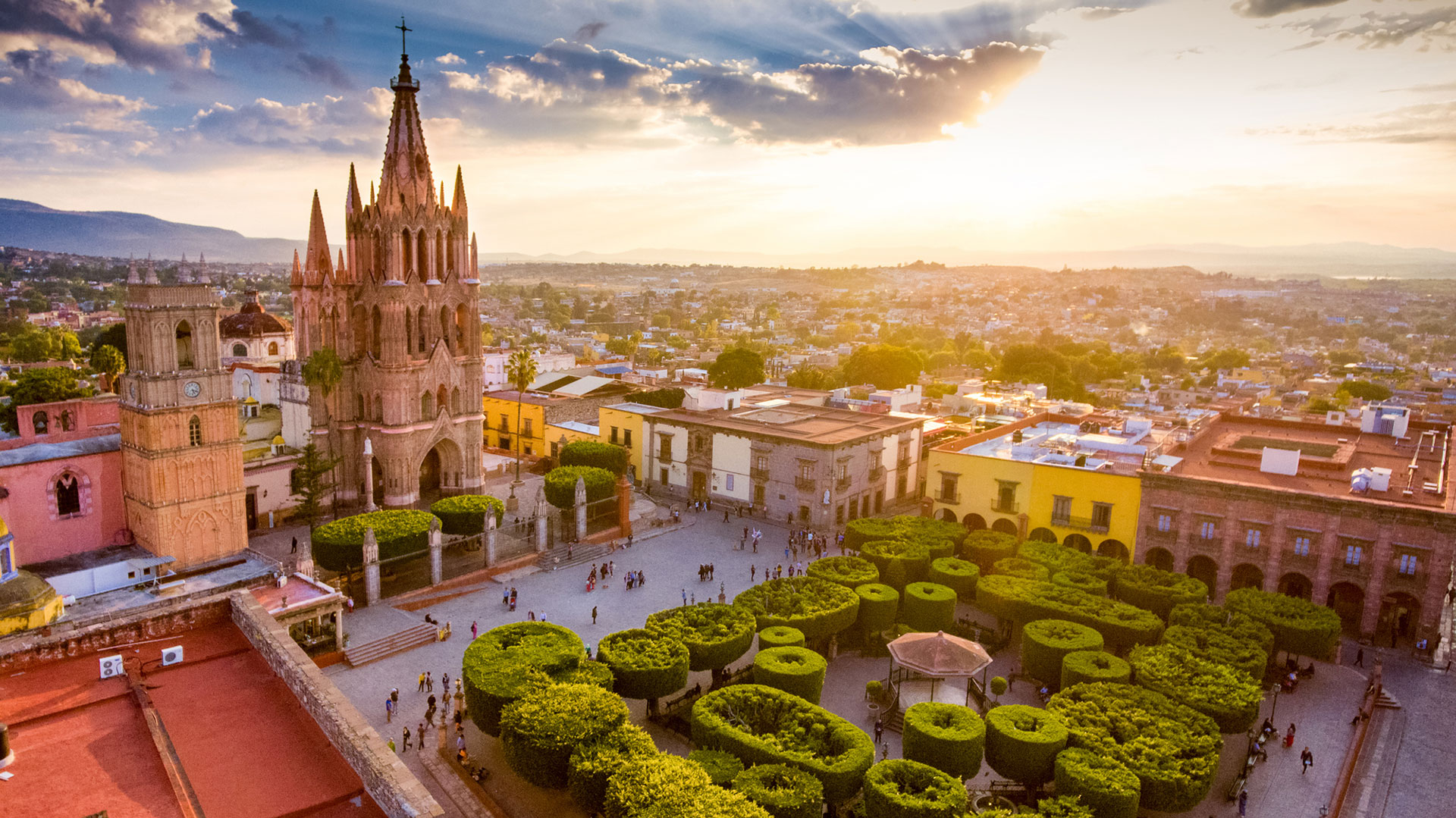- Press
- Press releases
- How can Mexican cities reduce congestio…
How can Mexican cities reduce congestion?

- Urban centers are increasingly congested
- Data can play a key role in making traffic efficient and more sustainable
Mexico City, December 19, 2024 – In most major cities around the world, traffic has become increasingly congested in recent years.
This is confirmed by congestion statistics provided by the TomTom traffic index. In fact, in recent years, the vast majority of cities in the index have recorded an increase in average travel time per 10 km, meaning that people are spending more time trapped in their vehicles than before. In Mexico City, for example, travel times have increased over the previous year and drivers now spend an average of 152 hours a year sitting in rush hour.
In addition to wasted time, vehicles stuck in traffic also contribute to higher levels of air pollution. In that context, 152 hours of congestion translates into emissions of almost 300 kg of CO2.
Integrated Mobility Management
The reasons for congestion are complex and can be addressed in a variety of ways. One factor that can be limiting for traffic authorities is the siloed nature of their operations, which sometimes prevents them from sharing data and responding to incidents effectively. In addition, isolated systems dedicated to traffic light, traffic signal, access control and pricing management, as well as isolated video and sensor systems, prevent getting an accurate, real-time view of traffic on the roads.
These challenges can be overcome with the right technology platforms and tools. State-of-the-art Integrated Mobility Management technology, such as the EcoTrafiX™ platform from Austrian company Kapsch TrafifcCom, is already deployed in cities such as Buenos Aires, Madrid, Vienna, Panama City, among many others. What it does is to help significantly increase the capacity of the existing road network and automate traffic management actions and incident responses to speed up traffic flow, reduce vehicle-related air pollution and improve the economic performance of cities.
From data to action
The most innovative way to address traffic related problems is to leverage technology to collect and analyze in real time the increasing amount of data generated by modern vehicles. Value can then be extracted from the data and proactive action can be taken to reduce congestion and its impact.
The data can include vehicle direction, speed and acceleration data, traffic volume, weather and road conditions, as well as critical incidents that may occur. Such data, as well as data from sources such as traffic cameras, mobile devices and traffic management systems, can be used by transport authorities to make traffic more efficient and more sustainable, always in line with current data protection legislation.
David Niño, Kapsch TrafficCom's mobility expert for Latin America, explains how the data can be used: “Imagine having an interface that can display traffic levels in real time, and also predict traffic flows up to 10 days into the future. This allows traffic management authorities to understand mobility on their road network at a level that was not possible before, and therefore act more quickly and effectively. It's really about moving from data to action”.
Kapsch TrafficCom is a globally renowned provider of transportation solutions for sustainable mobility with successful projects in more than 50 countries. Innovative solutions in the application fields of tolling, tolling services, traffic management and demand management contribute to a healthy world without congestion.
With one-stop-shop solutions, the company covers the entire value chain of customers, from components to design and implementation to the operation of systems.
Kapsch TrafficCom, headquartered in Vienna, has subsidiaries and branches in more than 25 countries and is listed in the Prime Market segment of the Vienna Stock Exchange (ticker symbol: KTCG). In its 2023/24 financial year, about 4,000 employees generated revenues of EUR 539 million.